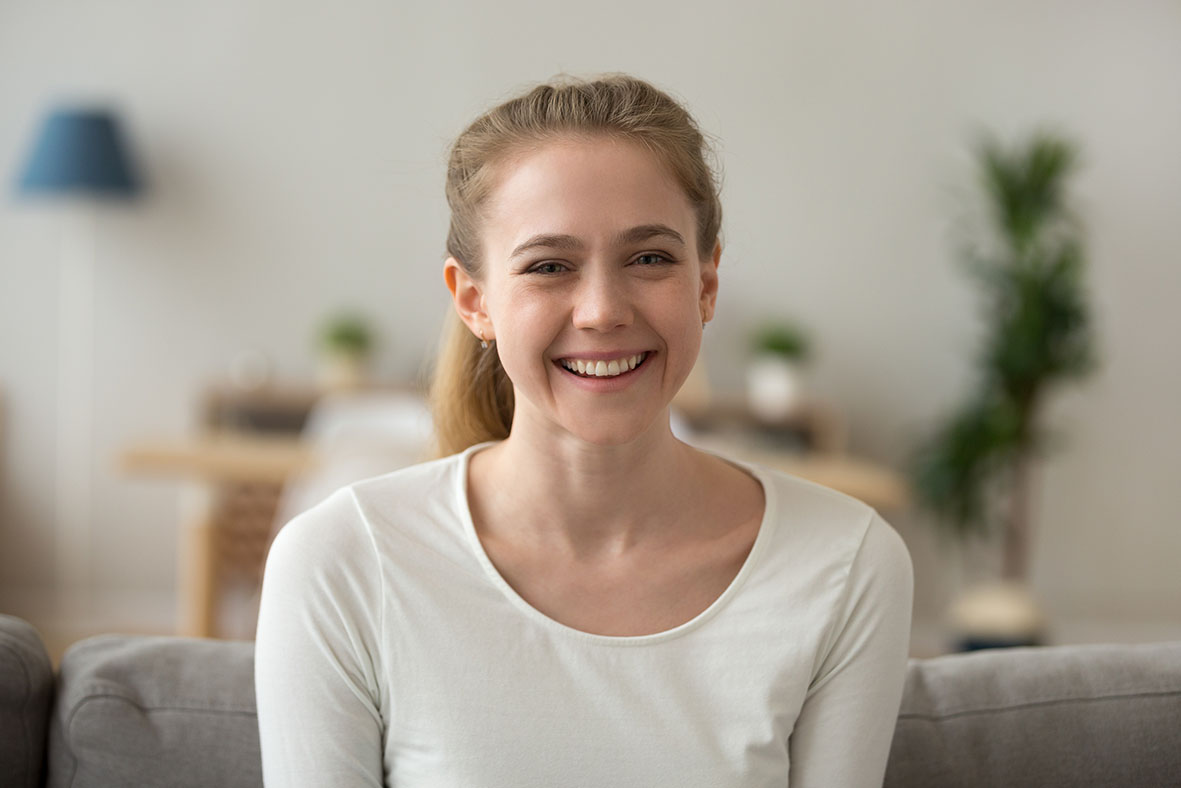Topic outline
-
-
Before starting any recording with your own self on screen, it is important to consider your recording space. Lighting, audio, positioning, and background are all important considerations.
So, let’s look at the best way to set up your recording space – your own personal recording studio! This could be your office, a quiet space on campus, or a room at home. This video outlines how to set up the ideal space.Watch (3.06m)
Audio
It is very important that students can hear you clearly. For more information on the importance of audio quality, check out the Audio Quality & Podcasting module.
While laptops and other devices have a built-in microphone, they may not be the best quality, and can sound fuzzy or thin. Headphones and headsets with built-in microphones can also produce low quality sound. Try testing the microphones you have available and listen for nice clear and consistent sound. Generally, the best option is to use a free-standing microphone that can be plugged in via USB or into the headphone jack – please refer to the Recommended Microphones for Personal Use section. Make sure to position your microphone 15-20 cm away from your mouth to avoid excess background noise and reverb. To avoid plosives, avoid placing the microphone directly in front of your mouth – just off to the side or underneath is fine.
Lighting
Natural lighting in front of you (behind your computer/laptop) is the ideal set up for recording. Having a window behind you will affect your webcam, leading to poorly lit videos that may disengage students. If you cannot position yourself with a window in front, consider mitigating natural light by closing blinds and utilising a lamp positioned at eye level or above, placed next to you on the table or within your recording space.
Positioning
You should aim to be positioned in the middle of the screen on your recording, with your head and shoulders visible. Your webcam should be at eye level to avoid any unflattering angles. Try to look directly into the webcam lens when possible. This will look as though you are speaking to students directly when they watch your recording, as you would make eye contact with your students during a face-to-face lecture. Think about your surroundings and what your video background might look like. Having some miscellaneous items/colour/depth in the background creates some visual interest and an overall better image. If there are personal items you do not want in the background of your video, consider removing them whilst recording.
![Image of a young white woman with blonde hair smiling. Her head and shoulders are in view.]()
![Image of a young black man smiling. He is wearing glasses, and a blue floral shirt. His head and shoulders are in view.]()
Examples of good recording setups
Video Quality
Most laptops now come equipped with a webcam. In general, in-built webcams are suitable for recording video lectures, if you set up your recording space appropriately, as outlined in the video above. If you would like to elevate your webcam recording setup and purchase an external camera, Choice have some helpful advice on what to look for. -
![]() Reflection
Reflection
The questions below are based on the most common questions asked of the TIU Media team on setting up a space to record. These are the main takeaways from this section we would like you to remember.
Choose the answer you think is correct from the options, and then click thebutton to see if you are correct. Use the arrow
button to navigate through the questions.
-

